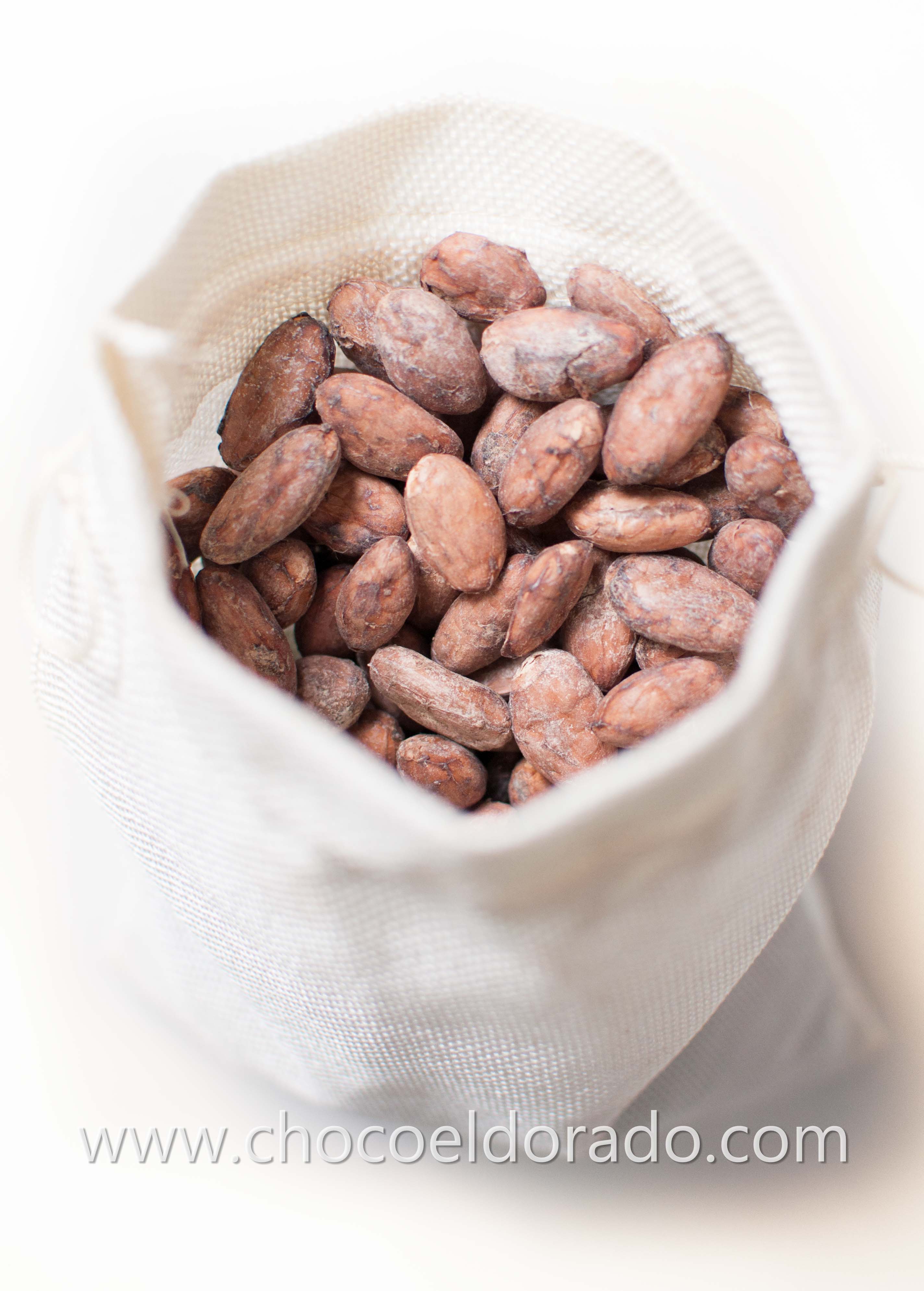
Cocoa, wine, chocolate…
Have you ever thought about what determines the quality of cocoa and thus the resulting chocolate? In many ways, chocolate is often compared to coffee or wine, so we can use it here as well. In case of coffee and wine it is usual to ask about the type or area – Arabica, Robusta, Chardonnay, Bordeaux etc. Surprisingly, no one ever asks about a cocoa plantation or at least a region, while for wine it is quite common even for cheap supermarket pieces. On the contrary, even with expensive chocolates, you will look in vain for a specific area. The reason is probably that the plantations are located in distant lands, where a particular area does not tell anything to anyone, while everyone knows where Bordeaux or Champagne is. It’s a shame, though. It’s great to have a favorite area and buy chocolates from it from different manufacturers and compare them. However, I cannot not do anything about it, so back to the main topic – what determines the quality of cocoa.
Countries that mean something in cocoa usually have their own local criteria so that they can categorize their production. These criteria must be purely quantitative, ie. measurable. Let the consumer carry out the sensory evaluation and that is correct.
Arriba cocoa
Since I am closest to Ecuadorian cocoa, I will show such a categorization on Arriba, the Ecuadorian local premium variety. It must be added that Ecuador does not only have Arriba. On the other hand, most of the production consists of industrial commodity cocoa called CCN51, which is a durable bred form, but its taste is comparable rather to dust or clay. I discuss these types of cocoa in the article How much is a cocoa ?
Arriba is qualitatively divided according to the harvest period, size, resp. bean weight, percentage of fermentation, mold and several other minor parameters.
The official categories according to Norma Técnica Ecuatoriana NTE INEN 176 are as follows:
Arriba (Nacional, Fino y de Aroma) – ASSS quality (Cacao Arriba Superior Summer Selecto)
One hundred beans weigh 130-135 grams
Fermented is 75% (65% is fermented solidly, 10% lightly)
Violet 15% (the inside of the beans is of violet color due to insufficient fermentation)
Mold up to 1%
Arriba (Nacional, Fino y de Aroma) – quality ASS (Cacao Arriba Superior Selecto)
One hundred beans weigh 120-125 grams
Fermented 65% (60% is fermented solidly, 5% lightly)
Violet 15%
Mold max 2%
Arriba (Nacional, Fino y de Aroma) – ASE quality (Cacao Arriba Superior Epoca)
One hundred beans weigh 105-110 grams
Fermented 53% (26% are fermented solidly, 27% lightly)
Violet 25%
Mold max 4%
ASSS therefore means the highest quality. The beans are large and well fermented. This is important because unfermented beans are bitter, which is why dark chocolates are generally considered bitter. This is due to the low degree of fermentation, typical of lower quality chocolates. High quality 100% chocolate will not be too bitter. It will stick to your mouth and you will not be able to swallow, yes, so it’s okay, but it won’t be bitter.
Quality in practice
This information is determined mechanically – the quality worker takes a sample of a hundred beans, cuts them and monitors the color of the interior. Purple means low fermentation and bitterness, brown means high fermentation, chocolate color, aroma and taste.
This is what ASSS quality beans look like – beautiful to look at, big, clean, bright.

Needless to say, the price increases with quality. Personally, I have not seen beans being sold in higher quality than ASE. I hope it gets better over time.
Then I have no illusions about chocolates. The vast majority will use cocoa in the manner of the CCN51 variety, but mostly of African production. The manufacturer must then catch up with the taste using sugar or vanilla extracts.
If I go back to the parable of wine and coffee – you just have to pay a little extra and it is possible to get a product of incomparably higher quality than the usual supermarket offer. But even that does not have to be so tragic, which I will write about in the next post.